A modern countertop air fryer with its basket pulled out, showing hash brown patties ready to cook. I used to think air fryers were just a TikTok trend, until I dug into their story. It turns out they have a real history – from early flight kitchen experiments in the 1940s to a Dutch invention in 2005. Today nearly half of U.S. homes have one, so this blog will share the full history of air fryers in a friendly, easy-to-read way.
By unearthing patents, old marketing, and sales data, we’ll see how air fryers went from odd gadgets to kitchen essentials. This journey spans early convection ovens, Philips’ innovation, the pandemic boom, and everything in between. The history may surprise you – it even involves a 2010 Berlin trade show and global sales topping $1 billion in a year thetakeout.combbc.co.uk
Table of Contents
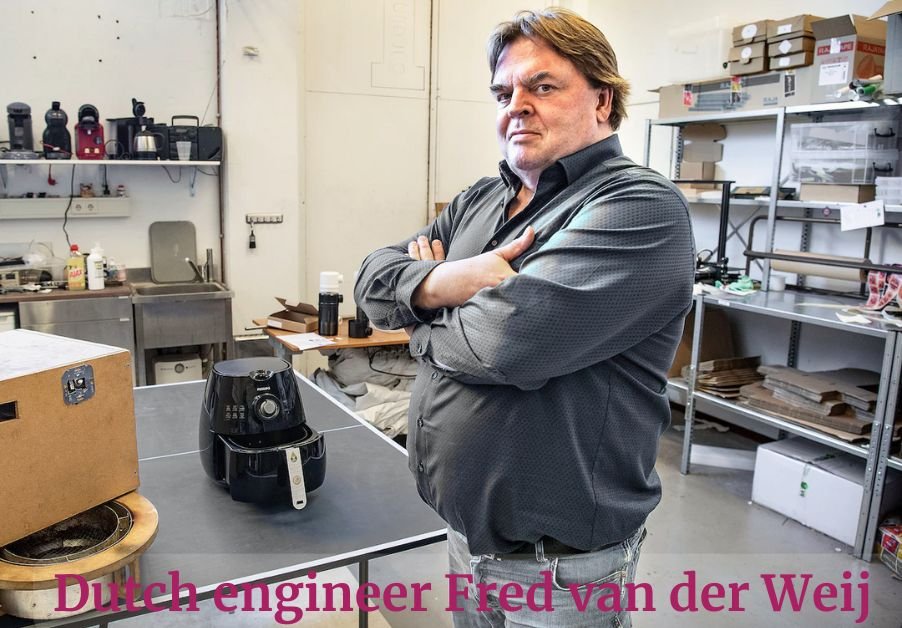
Who Invented the Air Fryer?
Most accounts credit Dutch engineer Fred van der Weij with inventing the air fryer. In 2006 he built a prototype to crisp fries using hot air rather than oil en.wikipedia.org. Four years later he teamed up with Philips, which launched the first consumer “Airfryer” in 2010 en.wikipedia.org. (Philips named its method “Rapid Air” technology en.wikipedia.org.)
However, the idea of frying with air dates back further. In 1944 William Maxson developed a “Sky Plate” oven for airline meals and patented it in 1949 simple.wikipedia.org. That was a convection oven concept, and today’s air fryers are essentially small convection ovens medicalnewstoday.com simple.wikipedia.org. So van der Weij gets credit for the modern kitchen air fryer, but he was building on decades of cooking tech.
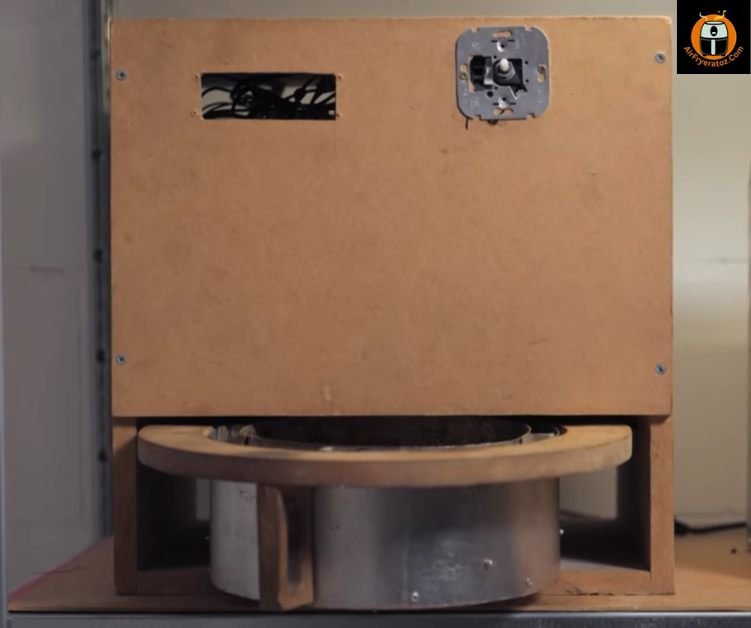
The Origin of Air Fryers and the First Model Ever Made
The very first marketed air-fryer appliance was Tefal’s ActiFry in 2006 en.wikipedia.org. Groupe SEB (Tefal’s parent company) released the ActiFry in Europe as a hot-air cooker with a stirring paddle. It was a new category of convection oven. In 2010, Philips introduced its own Airfryer at the IFA tech show in Berlin reluctantgourmet.com. Philips’ model used van der Weij’s “Rapid Air” design to fry foods with almost no added oil.
In short, ActiFry (Groupe SEB/Tefal) and then Philips were the first brands to bring air fryers to market en.wikipedia.org reluctantgourmet.com. These early models promised crispy fries and chicken using only a tiny drizzle of oil. (Philips even advertised “fried food with up to 80% less fat” than deep frying historycooperative.org.) From 2006 onward, air fryers began trickling into kitchens worldwide as a healthier cooking tool.

Timeline of Air Fryer Innovation
The key dates in air fryer history can be summarized as follows:
- 1944–1949: William Maxson experiments with hot-air ovens for airline meals (patented 1949 ) simple.wikipedia.org.
- 2006: Groupe SEB (Tefal) launches the ActiFry, the first modern air-fryer appliance en.wikipedia.org.
- 2010: Philips debuts the Airfryer at IFA Berlin, commercializing van der Weij’s design reluctantgourmet.com.
- 2010s: Other brands (Cosori, Ninja, Cuisinart, etc.) introduce their own models packagingdigest.com. Air-fryer functions start appearing in ovens and pressure cookers.
- 2020: Air fryer sales surge worldwide (U.S. households hit 36% ownership; adoption accelerates in Europe and Asia) en.wikipedia.org thetakeout.com.
- 2020–2021 (Pandemic): Sales jump ~76% to 25.6 million units (almost $1 billion in revenue) packagingdigest.com thetakeout.com.
- 2023–2024: About 60% of U.S. homes have an air fryer en.wikipedia.org, and globally around 80 million have been sold by 2024 bbc.co.uk.
Each step built on earlier cooking tech: from Maxson’s 1940s convection oven to 21st-century smart appliances. The bullet points above give a quick chronology, but we’ll explain details in the sections ahead.
Evolution of Air Fryer Technology
Air fryers use convection cooking ideas: a fan circulates hot air fast to simulate frying medicalnewstoday.com. Philips called its system “Rapid Air” (short for Radiant and UpStream Heating tech) en.wikipedia.org. Over time, the tech improved. Early ActiFry models even stirred the food for you to ensure crisping, and modern units add digital controls and multiple functions.
Today’s air fryers often have all the bells and whistles: touchscreens, preset programs, precise temperature control, and sometimes even Wi-Fi connectivity. One study notes that first models had a single manual basket, while current designs can grill, roast, bake and more historycooperative.org. The core innovation – hot air circulation – remains the same, but manufacturers have added features to make air frying faster and more versatile.
Philips Air Fryer History: The Brand That Started It All
Philips is often seen as the company that brought air fryers to the mainstream. After acquiring van der Weij’s patent in the late 2000s packagingdigest.com, Philips unveiled the Philips Airfryer in 2010 reluctantgourmet.com. Its sleek “egg-shaped” design and marketing (promising “80% less fat”) hit home with consumers historycooperative.org. Philips even trademarked “Rapid Air technology” for the product historycooperative.org newatlas.com.
In the years since, Philips has released updated models and widened global distribution. The brand stuck with fat-reduction messaging because it paid off: health-conscious cooks were listening. As one history notes, air fryers became popular with “consumers aware of their food choices,” and Philips took advantage of that with persuasive advertising historycooperative.org. In short, Philips turned van der Weij’s idea into a household name.
Air Fryer Patent History and Technology Roots
The air fryer builds on past patents in cooking tech. William Maxson’s 1944 “Sky Plate” oven (patented 1949) was an early convection cooker simple.wikipedia.org. Fred van der Weij later applied for a patent around 2008 (granted in 2012) on his rapid-air frying method. Philips acquired these patent rights for its Airfryer products packagingdigest.com. So legally and technically, modern air fryers trace back to that 2005–2008 innovation period.
It’s interesting that Philips branded the patented method but air frying itself wasn’t a brand name – the word “air fryer” became generic over time. But underlying it all is simple: a heating element plus a fan directing hot air over the food. Air fryers may be new to consumers, but their core mechanism is straight out of century-old oven technology en.wikipedia.org medicalnewstoday.com.
Early Air Fryer Brands and Market Entrants
After ActiFry and Philips proved the concept, kitchen appliance makers rushed in. Major brands like Cosori, Ninja (SharkNinja), Cuisinart, Instant Pot (Instant Brands) and others quickly released air-fryer models packagingdigest.com. Even toaster-oven companies added “air fry” functions to bake/roast ovens. In Europe, Philips and Groupe SEB (Tefal) still lead, but in the U.S. Cosori and Gourmia gained popularity on Amazon and Costco.
In short, the early-2010s market went from zero to dozens of air fryer options. Consumers now can choose basket-style, oven-style, multi-function units, and even air-fryer lids for pressure cookers. The choice today is vast, but all those early followers trace back to the two innovators: Tefal’s ActiFry and Philips’ Airfryer en.wikipedia.org packagingdigest.com.
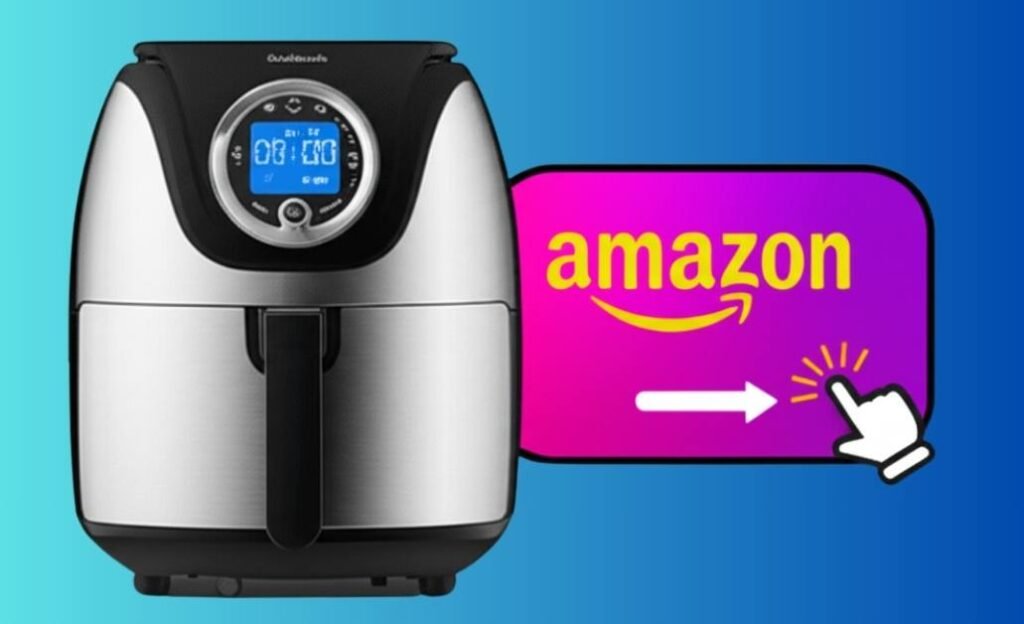
👉🏿👉🏻 Check Latest Price and Offer at Amazon 👈🏻👈🏿
When Did Air Fryers Become Popular?
Air fryers entered markets in the 2010s, but popularity exploded by about 2018–2020. In the U.S., ownership jumped during that period – about 36% of households had an air fryer by 2020, according to industry data en.wikipedia.org. By 2023 that was closer to 60% en.wikipedia.org. Food companies took notice and started adding “air fryer” cooking instructions on frozen meals. In the UK and Europe the trend followed similarly, with one study finding one in five Brits use an air fryer as their main appliance en.wikipedia.org.
So the mid-to-late 2010s set the stage. As more people tried recipes from social media and cooking blogs, word of mouth (and marketing campaigns) made air fryers a “must-have” appliance. But the real inflection point was still to come.
The Air Fryer Boom During the Pandemic
There’s no denying COVID-19’s role: like sourdough starters or home workout gear, air fryer sales skyrocketed in 2020–21. With restaurants closed and people cooking every meal at home, demand surged. Sales grew by about 76% from 2020 to 2021, reaching roughly 25.6 million units (nearly $1 billion) in those two years packagingdigest.com. Media reports and market analysts noted the “pandemic lockdown” as a major factor in popularizing air fryers thetakeout.com packagingdigest.com.
This boom wasn’t just hype. Once people bought air fryers, many kept using them. Search trends, YouTube recipe videos, and even TikTok influencers kept fuelling interest. In other words, COVID turned a growing trend into a household habit thetakeout.com.
Global Air Fryer Adoption Timeline
Air fryer enthusiasm went global rapidly. By 2024, an estimated 80 million air fryers had been sold worldwide bbc.co.uk. In North America, penetration is around 60% of homes (as noted above). In Europe and Asia, the numbers are lower but climbing fast. For example, roughly 1 in 5 people surveyed in the UK now call their air fryer their most-used cooking appliance en.wikipedia.org. Market researchers project the global air fryer market was about $9.4 billion in 2025, growing to over $17 billion by 2032 fortunebusinessinsights.com.
The timeline across countries mirrors each other: introduction in the 2010s, steady growth, then a sharp rise in 2020–22. Asia-Pacific markets (China, India, Japan) are heating up now, while Europe and North America will likely see slower, steady growth as saturation approaches. In short, from America to Australia, air fryers have become commonplace, following similar patterns of gadget adoption worldwide.
Trends in Home Cooking Appliances
The rise of air fryers fits into broader kitchen trends. Modern home cooks want convenience, speed and health. They’re choosing small, multi-purpose gadgets over one-trick appliances globenewswire.com globenewswire.com. Industry reports note that products like air fryers, blenders, and “smart” ovens are popular because they save time and reduce energy use globenewswire.com globenewswire.com. Urban living and smaller kitchens have also helped: people want a quick meal device that fits on the counter.
Another trend is connectivity. Newer models have Wi-Fi and app integration, keeping up with the “smart kitchen” movement. For example, Gourmia’s 2024 digital air fryer includes a high-temperature range (up to 450°F), a viewing window, and a touchscreen panel globenewswire.com. Voice assistants and smartphone apps can now start an air fryer remotely – a sign of how this tech has joined the Internet of Things in the kitchen.
How Air Fryers Changed Over Time
Air fryers have evolved from simple to sophisticated. The first models were usually just a hand-sized basket and analog dial. Today, many models are all-digital with programmable presets. For example, by 2024 some units include multiple racks, rotisserie spit attachments, and even dehydrator modes. PackagingDigest notes that original air fryers “featured a single basket” but now “recent models come with digital touchscreen interfaces, multiple cooking functions, and convenient cleaning features” historycooperative.org.
In practice, this means newer air fryers can bake cookies, roast chickens and even proof bread – tasks no one imagined in 2006. The evolution reflects user demand: once people got comfortable with basic air frying, they wanted more – like presets for fries, chicken, fish, or even cakes. Manufacturers responded by adding features typical of ovens: preheat, preset timers, and temperature probes.
Air Fryer vs Deep Fryer: A Historical Comparison
Deep fryers and air fryers serve the same goal (crispy food) in very different ways. Traditional deep fryers have been around for centuries; they fully submerge food in hot oil. Air fryers, by contrast, use hot air and tiny oil droplets. Philips famously touted up to 80% fat reduction compared to oil frying historycooperative.org. Medical and nutrition experts say air-fried food can have similar taste and texture with significantly less fat medicalnewstoday.com.
Of course, deep frying can still make certain textures that air frying can’t perfectly match (some say air-fried fries are slightly different than true fries). But for historical context, think of air fryers as a new chapter in frying technology. They aim to mimic deep frying while avoiding large amounts of oil. In practice, a kitchen might have both: an air fryer for quick family meals and a deep fryer for occasional party platters.
Learn more air fryer vs deep air fryer
Digital vs Manual Air Fryers: Feature Growth Over Time
Early air fryers were entirely manual – turn a knob and set a timer, like old ovens. In the 2010s, digital models began appearing. These have LED screens, multiple presets (for fries, chicken, fish, etc.), and more precise controls. For example, in 2024 Gourmia released an 8-quart digital air fryer (the GAF858) with a clear view window, temperature up to 450°F, and a touchscreen panel globenewswire.com.
This trend mirrors what happened in microwaves and ovens: once digital displays were affordable, manufacturers layered them in. The latest air fryers often let you choose cooking programs by weight or food type. Some even connect to recipe apps. Meanwhile, simpler dial models remain on the market at lower cost. In short, air fryer features have steadily grown, and today’s models can be as high-tech as any smart toaster oven.
Air Fryers in American Households
Air fryers have rapidly become everyday appliances in the U.S. As mentioned, about 36% of American homes had one by 2020 en.wikipedia.org, and that number climbed to roughly 60% by 2023 en.wikipedia.org. Sales numbers back this up: U.S. consumers spent just over $1 billion on air fryers in 2021 and nearly the same in 2022 thetakeout.com. Today, the NPD Group ranks air fryers as the #4 cooking appliance (after ovens, grills, Instant Pots) in American homes thetakeout.com.
Demographically, air fryers crossed generations. They’re popular in millennial and Gen X households for quick dinners, and older home cooks appreciate the easier cleanup. The key is that after a decade on the market, air fryers aren’t a niche gadget – they’re as normal as a blender or coffee maker.
Why Air Fryers Became a Kitchen Staple
Air fryers pack a lot of convenience and health into one box. They heat up and cook food much faster than a full-size oven, and many models are easy to clean. As one history blogger noted, Americans “are addicted to convenience,” and air fryers deliver by cooking frozen or fresh food in a fraction of traditional time alsothecrumbsplease.com. Users just toss in food (often from freezer to fryer) and come back minutes later to crispy results.
On the health side, air fryers typically need no oil or just a tablespoon. Philips’ marketing said home cooks could enjoy fried food with dramatically less fat v historycooperative.org. Health experts agree that using an air fryer can cut calories and acrylamide (a chemical formed in frying) compared to deep-frying medicalnewstoday.com medicalnewstoday.com. This matches a broader move toward “smarter” cooking. When you combine these benefits – time, taste, and health – it’s clear why many people now reach for an air fryer first when making dinner.
Cultural Shift from Deep Frying to Air Frying
Over the past decade, American food culture shifted away from heavy, fried fare toward cleaner eating. The air fryer helped bridge that gap. Food companies have jumped on board: brands like Nestlé, Tyson and Kellogg started adding “air fryer” instructions on their frozen foods, touting reduced fat or more nutrients thetakeout.com. Tyson even claims its chicken nuggets lose 75% of the fat when air-fried.
This reflects broader trends: people are more label-conscious, following low-fat diets or mindful eating. The air fryer emerged as a solution: enjoy the taste of fries or chicken wings without the oily guilt. In effect, households traded blubbery oil for a bit of hot air. It’s a cultural flip – what once meant deep fryer now often means air fryer.
Air Fryer and the Health Food Movement
Air fryers fit right into the health-food narrative. Nutrition studies note that deep-fried foods contribute to obesity and heart disease medicalnewstoday.com, so eliminating excess oil is a win. Using an air fryer can reduce intake of saturated fats and calories medicalnewstoday.com. They’re also safer (no chance of splattering hot oil) and can lower some harmful compounds: for instance, one study found air-fried chicken had less cancer-causing acrylamide than deep-fried medicalnewstoday.com.
In short, medical advice today often suggests “less oil” in cooking, and air fryers answer that call. People following diets like keto, paleo, or simply trying to lose weight have embraced them. Compared to ancient frying pots, air fryers are a modern health-tool, giving similar textures at far lower oil usage medicalnewstoday.com historycooperative.org.
Evolution of Healthy Cooking Tools Over Time
Air fryers aren’t the first innovation aimed at healthier cooking. Consider microwaves (introduced in the 1940s) that let us heat food with no oil, or convection ovens (widely used by the 1940s en.wikipedia.org) that cook evenly with fan-heated air. Later, pressure cookers and slow cookers (1970s–2000s) became popular for “one-pot” healthy meals. The air fryer’s role is to bring frying into that health-focused lineage. It took the idea of the convection oven and shrank it to counter-top size, specifically for crisping foods. Each step (non-stick pans, ovens, microwaves, etc.) worked toward less grease in cooking, and air fryers are the latest milestone on that timeline.
Air Frying vs Convection Oven Origins
Technically, an air fryer is a type of convection oven. Convection ovens have existed since the early 20th century, but didn’t reach consumers until models like Maxson’s in 1945 en.wikipedia.org. In essence, air fryers take that same principle – a heating element and fan – and apply it in a small chamber with rapid airflow. Medical sources even describe air fryers as “small convection ovens” medicalnewstoday.com. The difference is mainly scale and intensity: an air fryer’s fan is fast and directed around the compact basket, so it crisps food quicker than a full-sized oven. In every other way (fan + heat), they share origins.
Milestones in Oil-Free Cooking Technology
Key milestones leading to air frying include: the invention of convection ovens (e.g. Maxson 1945) en.wikipedia.org, microwave ovens in the 1950s for fast cooking, and then countertop deep fryers in the late 20th century. The air fryer itself is a milestone in “oil-less” or “oil-minimal” frying. First came ActiFry in 2006 – it used just a spoonful of oil plus a stirring paddle to cook with hot air en.wikipedia.org. Philips’ Airfryer (2010) took it further by needing almost no oil at all newatlas.com. Since then, other innovations like toaster ovens with air-fry modes or vacuum fryers emerged. But the two biggest milestones remain SEB’s ActiFry and Philips’ Airfryer – they defined the category of oil-free fryers in home kitchens.
FAQs – Air Fryer History Explained Simply
- Who invented the air fryer? It was invented by Dutch engineer Fred van der Weij in 2006 en.wikipedia.org. He later partnered with Philips, which launched it commercially in 2010. (The idea built on earlier convection cooking, e.g. William Maxson’s 1944 patent simple.wikipedia.org.)
- What was the first air fryer? The first model was Tefal’s ActiFry in 2006 en.wikipedia.org. It was followed by the Philips Airfryer in 2010 reluctantgourmet.com. Those two kicked off the market.
- When did they become popular? The late 2010s saw growing use, and demand boomed during the COVID pandemic. By 2020, about 36% of U.S. homes had one en.wikipedia.org, and sales in 2020–21 shot up over 75% packagingdigest.com.
- Is an air fryer just a convection oven? Yes – an air fryer is essentially a small convection oven medicalnewstoday.com. It just cooks in a compact chamber, often with more powerful air circulation, to make frying faster and crispier.
- Why are air fryers considered healthier? Because they use little to no oil, which cuts fat and calories. Philips advertised up to 80% less fat in fries historycooperative.org, and studies confirm air-fried food has similar taste with fewer adverse effects medicalnewstoday.com.
- How did “air fryer” become a word? Philips trademarked “Airfryer” in 2010, but by the late 2010s the name had become generic for any hot-air frying appliance en.wikipedia.org.
- Deep fryer or air fryer – what’s the difference? Deep fryers immerse food in oil. Air fryers do not – they rely on hot air (and maybe a tiny oil spritz). You get crispy results with far less grease newatlas.commedicalnewstoday.com.
These quick answers cover common questions about origin, evolution, and differences, using the same sources we cited above.
Final Thoughts: What We’ve Learned from the History of Air Fryers
Digging into the history of air fryers turns out to be surprisingly satisfying – like unpeeling an onion, each layer revealed an earlier era of cooking innovation. I started out thinking, “Just a TikTok gadget!” but now I see that the air fryer is a perfect storm of decades of tech and culture. It was the marriage of a Dutch inventor’s idea, Philips’ marketing, and modern health trends that made us all crowd around this little kitchen machine.
What stays with me is that every trend has roots. Air fryers are a modern example of how engineering meets lifestyle. They arose from serious science (patents and prototypes) yet became popular because they answer real everyday needs: we want quick meals and less mess, without sacrificing flavor. In short, the air fryer story reminds us to look twice at “new” gadgets. The next time you think it’s just a flash-in-the-pan trend, remember – there’s often a whole timeline behind it. Who knew that my simple TikTok curiosity would lead to a journey through kitchen history?

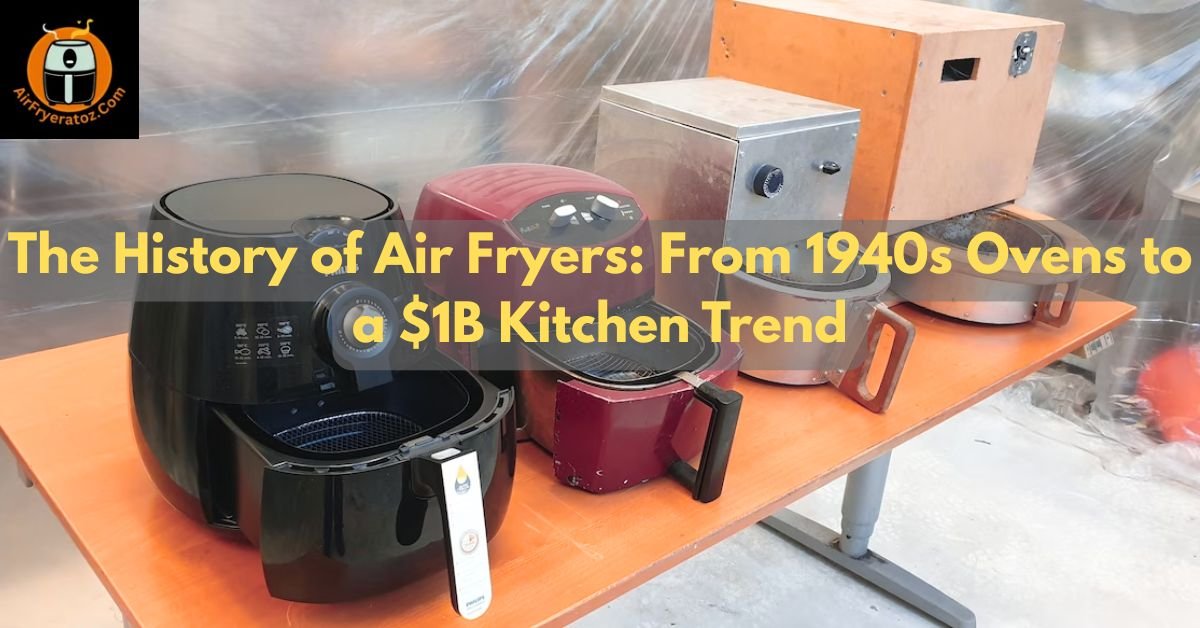

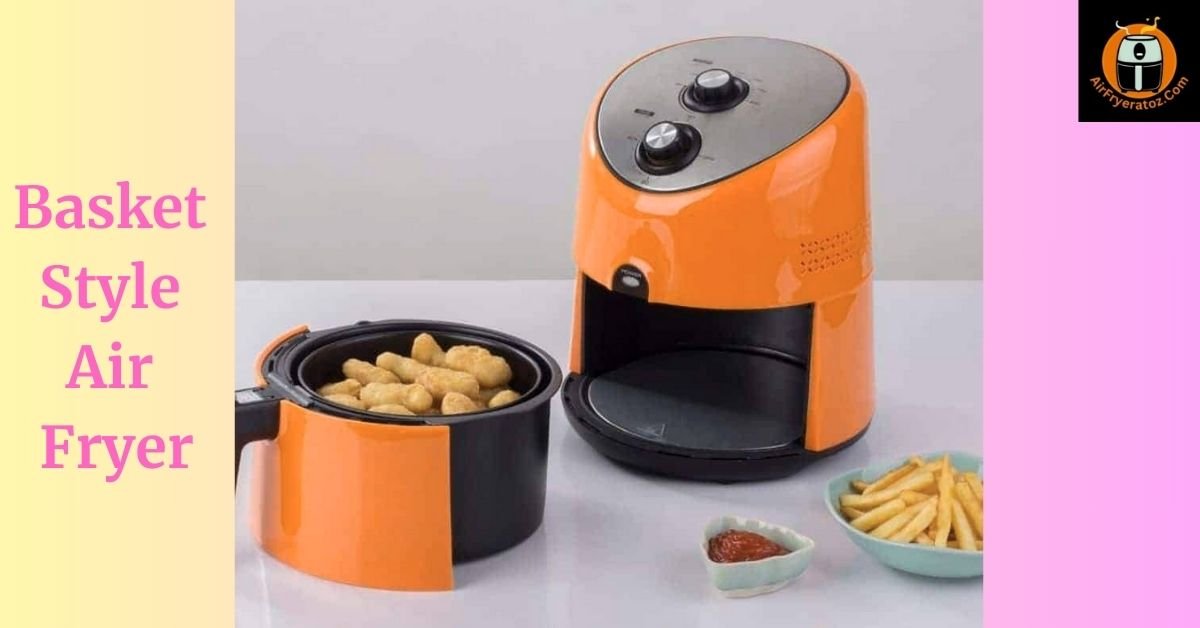
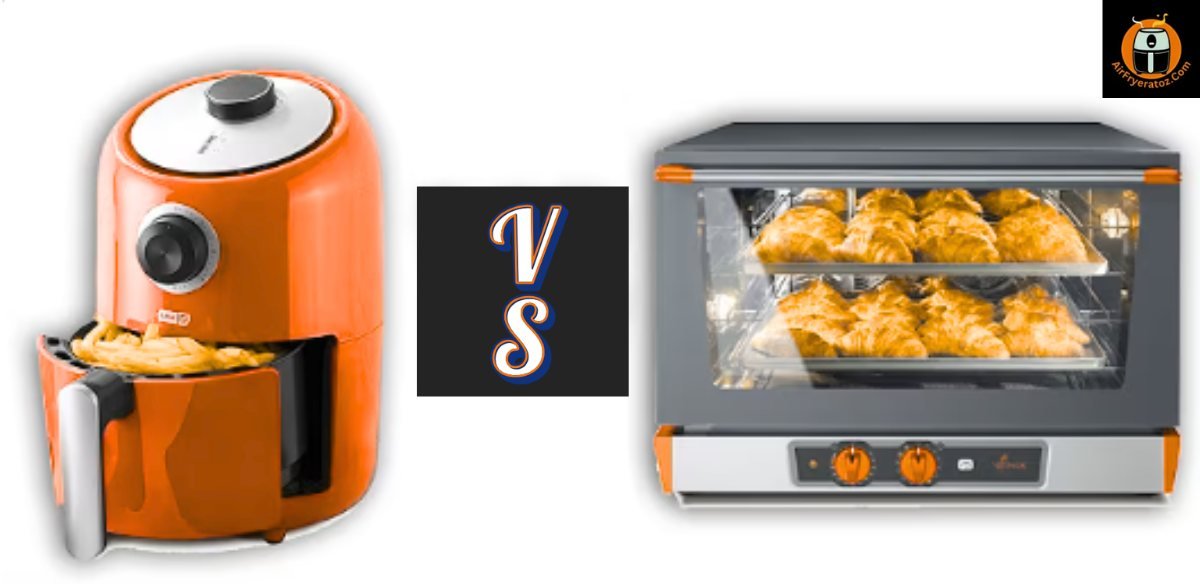
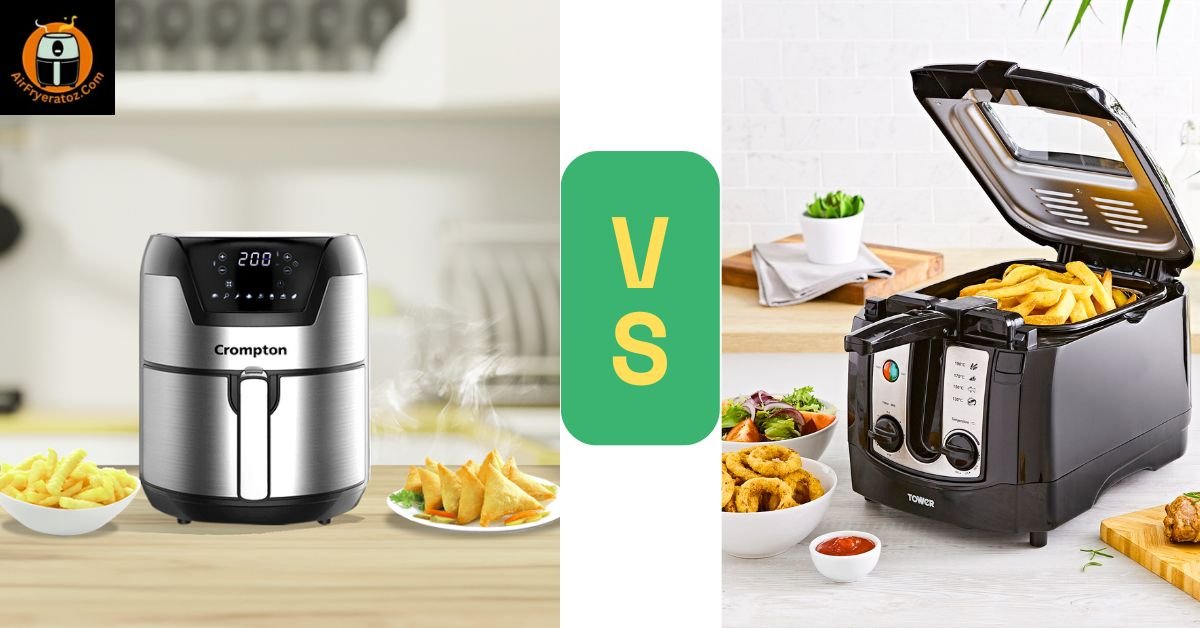
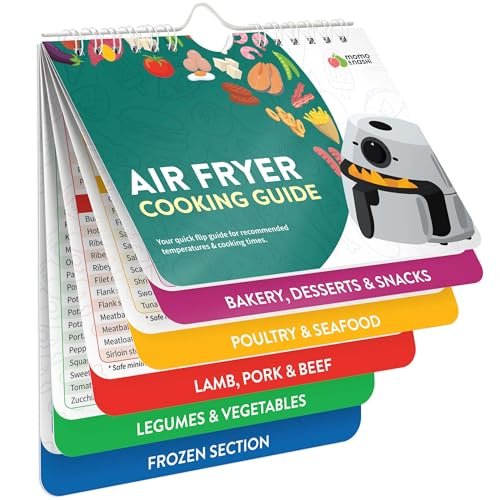
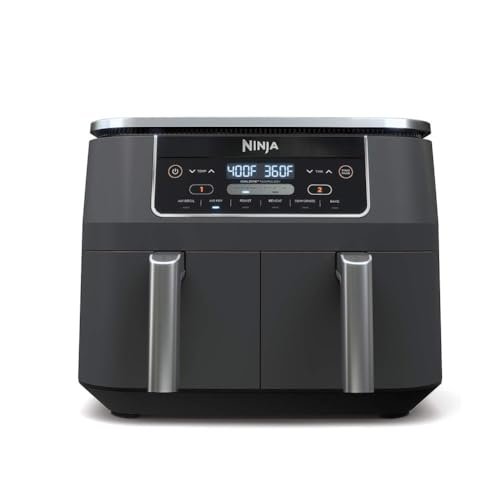
Leave a Reply